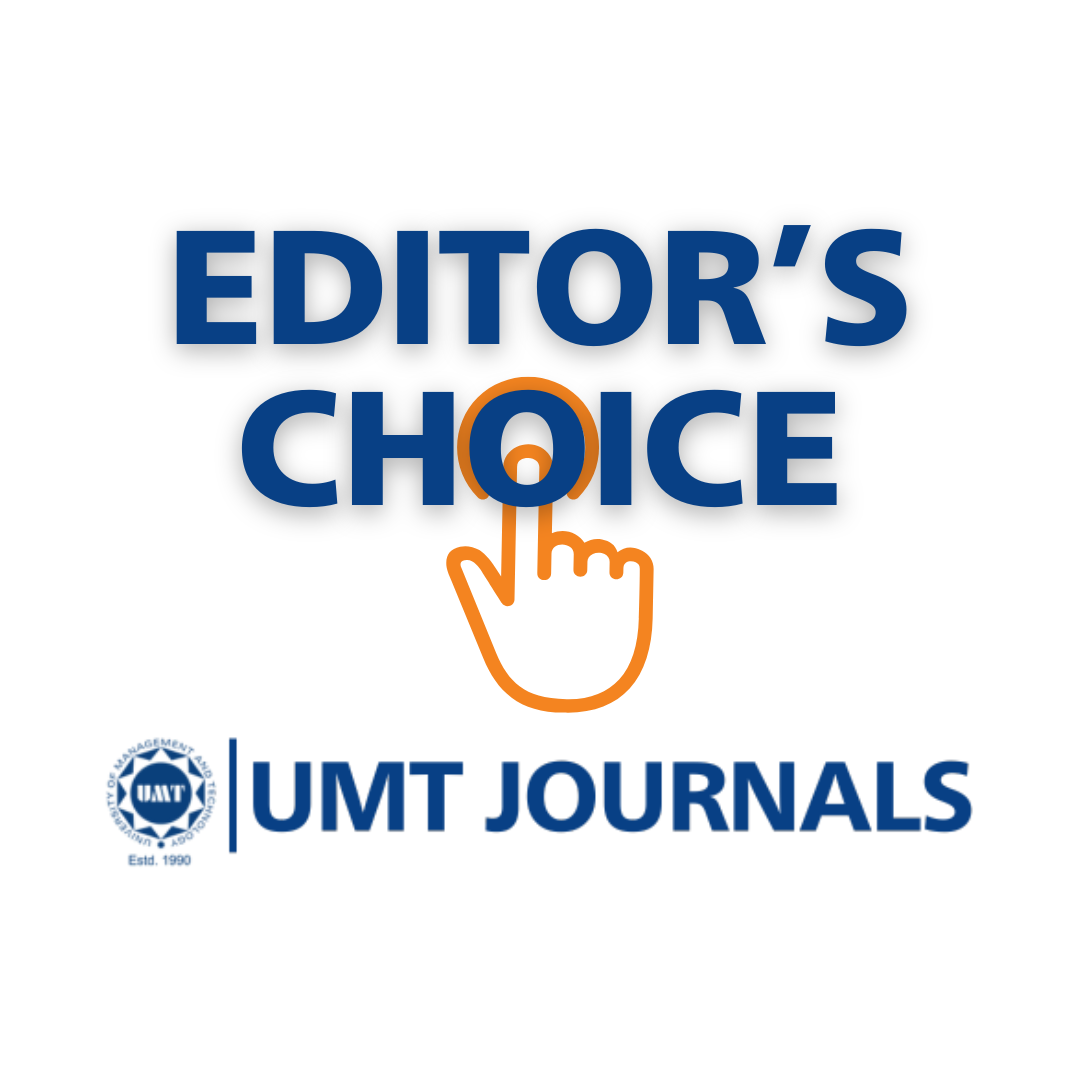Determining the Efficacy of Available Treatments and Containment Measures against SARS-CoV-2
COVID-19 pandemic and vaccinations
Abstract
 Abstract Views: 66
Abstract Views: 66
Over the past 20 years, outbreaks related to coronavirus-associated diseases, such as MERS and SARS, have been threatening the whole world. The novel coronavirus emerged in Wuhan, China and belongs to the SARS family. It has been named “Severe Acute Respiratory Syndrome Coronavirus-2 (SARS-CoV-2)”. Keeping in view the history of pandemics faced by the world, it would be fair to say that each of them has been one of its kind, bringing an equal amount of distress and damage to the humanity. With the help of other countries, Pakistan has coped well with the pandemic. Measures taken by different countries included curfews imposed in Italy, Spain, Russia, and India, while the UK, Ireland, and China opted for a more passive approach. South Korea imposed strict self-isolation requirements across the country, whereas UAE suspended all ferry services from Iran. Vaccines authorized by FDA to treat COVID-19 include Pfizer manufactured by Biotech which has 95% efficiency, Moderna with 94% efficiency, and Johnson and Johnson which has an overall efficiency of 72% and 86% efficiency in case of severe infection. These stats are from the USA. Whereas, vaccines such as Sinopharm, Sinovac, CanSino-Bio, and Sputnik have been administered in Pakistan following their approval by the Drug Regulatory Authority of Pakistan (DRAP). This study aims to review the various aspects of the COVID-19 pandemic such as disease symptoms, the mode of action, a brief comparison of control measures taken by different countries, therapeutic trials to cure COVID-19, and the status of vaccines.
Downloads

Copyright (c) 2023 Alizey Shahid, Humaira Yasmeen, Saba , Iram Asim, Ariba Nameen, Ayesha Khalid, Tehreem Ishtiaq

This work is licensed under a Creative Commons Attribution 4.0 International License.
BSR follows an open-access publishing policy and full text of all published articles is available free, immediately upon publication of an issue. The journal’s contents are published and distributed under the terms of the Creative Commons Attribution 4.0 International (CC-BY 4.0) license. Thus, the work submitted to the journal implies that it is original, unpublished work of the authors (neither published previously nor accepted/under consideration for publication elsewhere). On acceptance of a manuscript for publication, a corresponding author on the behalf of all co-authors of the manuscript will sign and submit a completed the Copyright and Author Consent Form.









